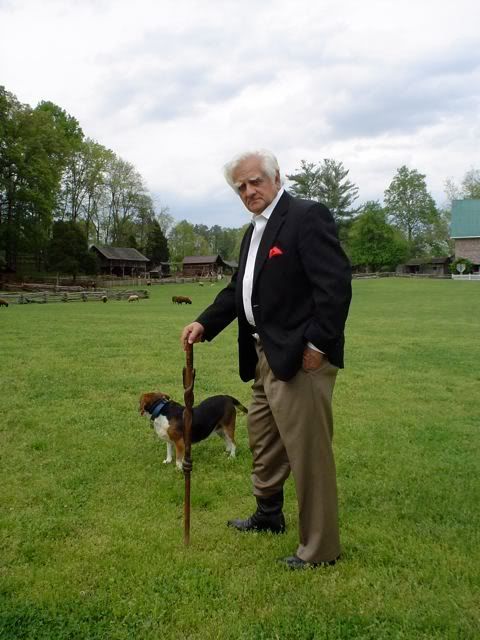
This is John Rice Irwin, Founder of the Museum of Appalachia located off 1-75 in Norris, Tennessee. A true Tennessian with deep roots, John had the good fortune of knowing all four of his grandparents who were the granddaughters and grandsons of the pioneer era in Appalachia's southern region. Interested in learning their lives and histories, John began collecting relics, memorabilia and stories in the early fifities during his travels through the mountains. Soon his garage was filled and a collection started to grow. "It wasn't a situation where you go out and build something and then say we're open. In the late fifties I built a log house or two and eventually I furnished them the way I thought they should be furnished and then people started to stop by to see it and so forth. It eventually got to a point that I had to have somebody to stay here because I had another job." And just like that, by word of mouth, the Museum of Appalachia was born.
Originally situated on five acres of land in a log cabin next to his house, the museum has now expanded to over thirty log structures and cabins, including a school, church, barns, and smokehouses, all of which are furnished with artifacts from Southern Appalachia. In purchasing an additional nine acres, John has surrounded the museum with lush gardens and soft, green pastuers, home to over fifty varieties of animals, including sheep, goats, hens, chickens, peacocks, horses, mules, ducks, guineas and turkies.
John says that people from all over the world come to the museum. Just yesterday a couple from Egypt visited and told him they enjoyed his museum because it was so personal. John didn't have the money to hire a professional for the exhibition and display. He says most museums or the people who do this kind of work have background in museum studies or similar training. As a result most museums look a like. "Mine may not look better, but it’s different.” The museum seems genuine and real. You can freely walk in an around all the cabins and experience it first hand as opposed to sitting behind a rope or glass wall. “I tried to be honest, most places for example tend to put things in and overemphasize them to coincide with what they think the people expect, such as whiskey jugs. But I try to do it honestly, although often times it is not what people want or expect.” Everything in John's museum has a story behind it, the background, location, its family history. "I enjoy especially meeting the people and families who owned the artifacts, but it has gotten to the point that I am so far behind displaying the items and running the history that I don't have the time to get out and collect." Prior to the museums construction, John maintained four or five jobs at once, teaching at the University of Tennessee and school superintendent for Anderson County for several years while also starting several businesses and corporations.
With a passion and high admiration for the people of Southern Appalachia, John has reconstructed the past through way of personal dialogue. Throughout the museum are pictures of him and the people he has met, their artifacts and stories, even his own family heirlooms. John believes in the personal touch, carefully handwriting many of the museums informational cards, and signs all of them with his initials. His collection is full of innovative contrivances, tools and so forth. "So many of the artifacts are one of a kind because the ingenuity and the necessity to live twelve or fifteen miles from the nearest neighbor. If you had any blacksmith work you did that, the carpentry work, the medicine and everything. You had to be almost completely self-sufficient." John says that it is really important that you come and see the museum.You will see the beauty of living simply.
Today John's daughter Elaine has taken over as the Executive Director of the museum. He says she is quite a worker, has three children, and is the choir director at the church along with several other respectable city titles. John still lives behind the museum.
MUSEUM ENTRANCE QUOTE: "Welcome to the Museum of Appalachia. These are our people. World renowned, unknown, famous, infamous, interesting, diverse, different, but above all, they are a warm, colorful and jolly lot, in love with our land, our mountains, and our culture. May their memories ever be preserved -- Not so much in reverence to them, but as a gift to us and to generations yet to come. To appreciate where we are today, or where we are going tomorrow, we must understand where, as a culture, we've been in the past. The folks you will meet here will help provide this understanding."
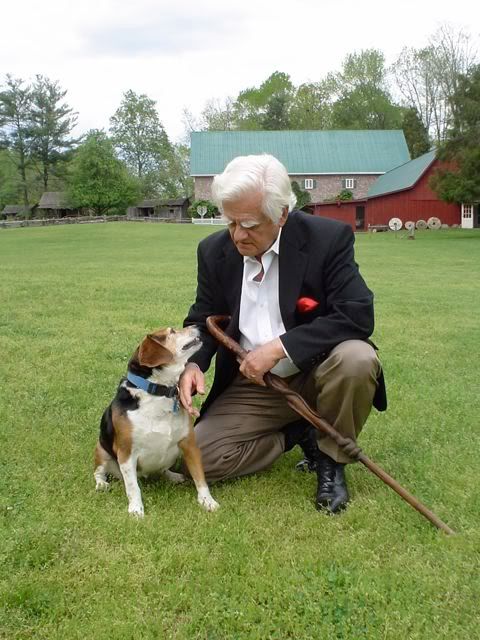
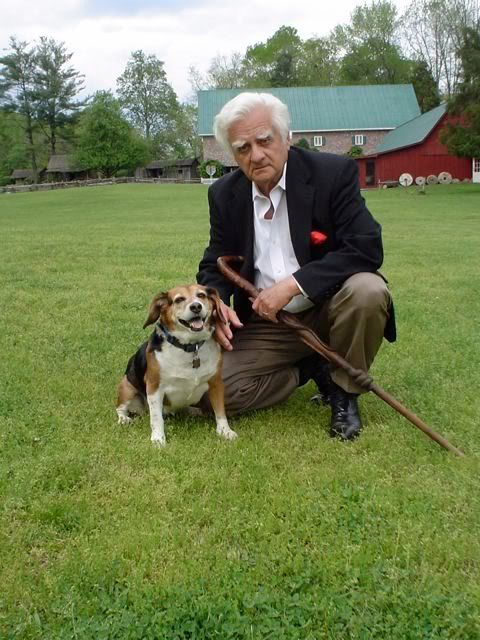
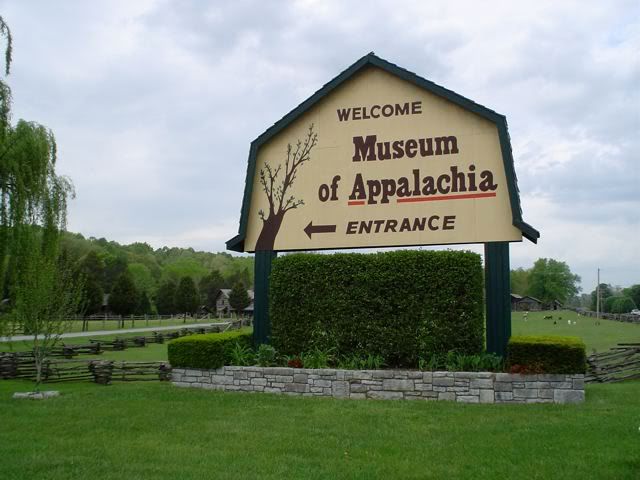
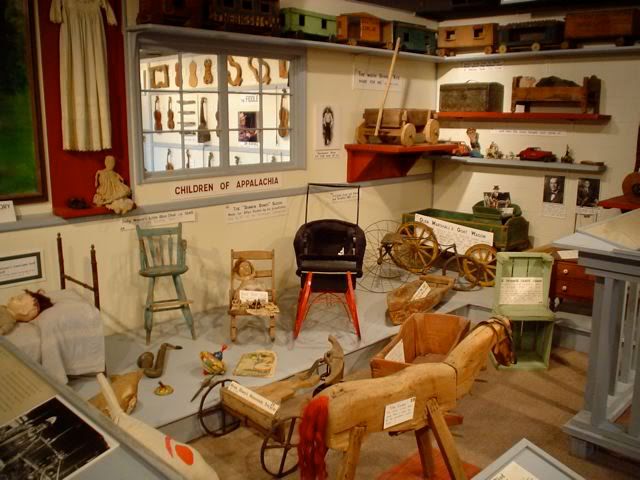
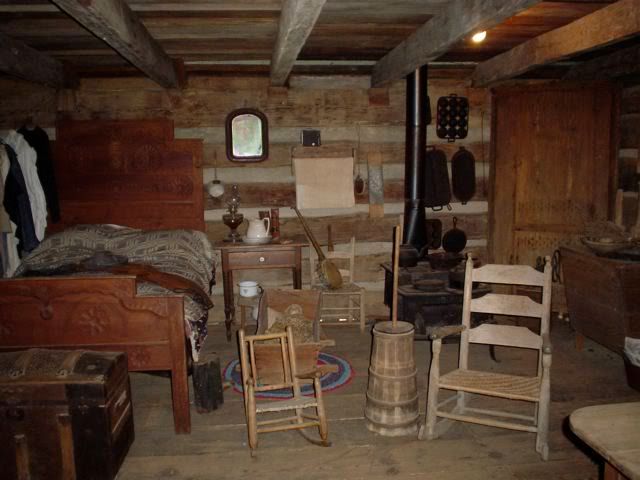
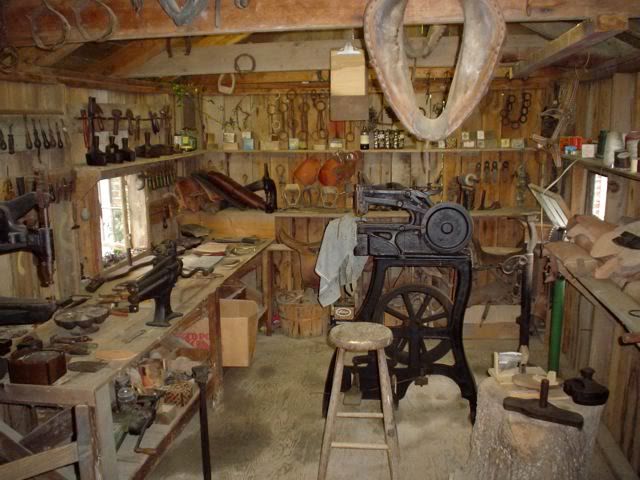



6 comments:
Very impressive eyebrows
What a wonderful man. Thank you John for sharing your love of TN with the rest of the world. It's very much appreciated!
Hi John
I am a good friend of Lyle West from Homer, Alaska and I am making plans to visit and meet you during Fall Homecoming 2008. I can't remember ever being this excited about a trip that is still over 9 months away!
Merry Christmas!
JoDawn Mullen
Hi John
I am a good friend of Lyle West from Homer, Alaska and I am making plans to visit and meet you during Fall Homecoming 2008. I can't remember ever being this excited about a trip that is still over 9 months away!
Merry Christmas!
JoDawn Mullen
John,
I am from West Virginia, now living in Moultrie, Ga. Your museum looks like a wonderful place, I hope to bring my daughters ages 12 and 10 there someday. They don't know their Appalachian Roots, and you have done a wonderful job putting it all together.
Bless you
I love to see how people used to live and how they coped with primitive appliances and kitchen utensils. Interesting to how children played and what kind of toys they have.
This summer I was in Friesland in the north of my country the Netherlands, where I had the opportunity to see an open-air museum. It was all about digging peat and the lives of the peatworkers. They were so poor and had many children. Very interesting how these people had to fend for themselves. It was a socialist who helped them to get more bearable lives. No wonder that this part of the country is in favour of socialism. Well there are so many similarities between your country and our European countries!
Post a Comment